📣 YOU are clearly getting prepared for pregnancy, birth & beyond — but do you wish your partner was more involved (looking for a teammate rather than just a cheerleader)? Couples love THIS! 💛🧡💚
Your first BM after delivery can be really stressful. I speak from an area of what NOT to do (as well as what TO do as a nurse). So, today we’re going to talk about why it can be problematic (for both cesarean and vaginal births) and what you can do about it so it’s smooth sailing for the first few weeks in that area. 🙂
I know, I know — you don’t want to think about this. MANY more people worry about pooping at delivery, and in my experience (all 27 years at this point) that’s not doing you any favors. This one is a MUCH bigger deal. It may throw you off guard, surprise you, and wish you had an epidural all over again.
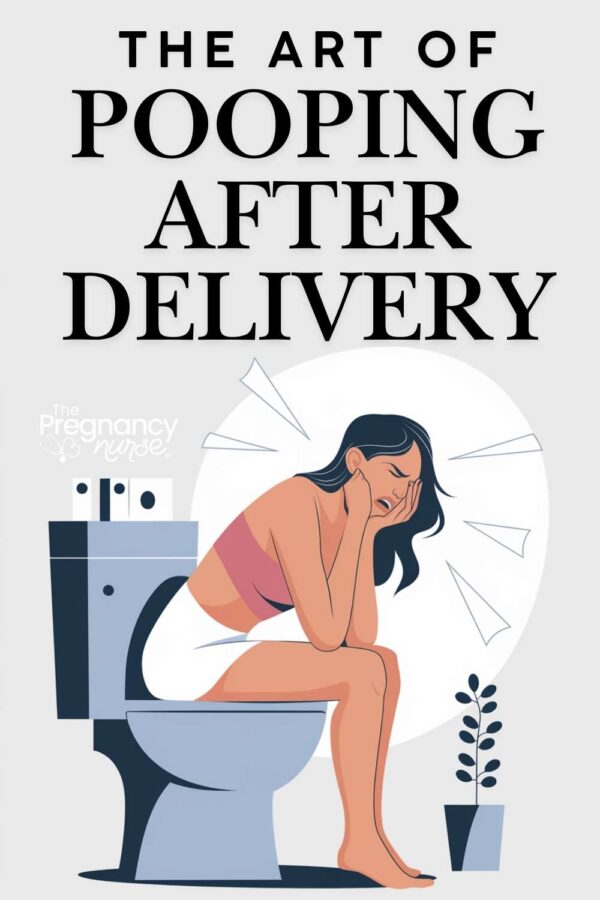
While we’re here, let’s make sure you have the STUFF you need for your postpartum life:
Also, can I just say how SMART you are to even be thinking about postpartum? So many people just glaze right over their body post baby and that is NOT smart, but YOU ARE! Yay! 👏
And, in case you prefer to watch a video on such a fun topic….
Why that first poop can be hard (literally)
There’s a few reasons, and it varies a bit by your type of delivery, but I think it’s important to know about all of them.
Narcotics Make Poop Hard
Narcotics slow down your GI tract (aka, intestines) which can make your poop hard. I mean actually hard, like it will be firmer when you push it out (just in case some people weren’t getting the vibe I’m putting out here).
Don’t worry, I have a fix for this, so keep reading.
As a note on narcotics. I was in so much pain in my bottom I took them because of that, but as I thought about it, they weren’t really helping — SO, if narcotics aren’t helping ditch them. Try something else. This post has some good tips.
Being in Bed Makes Poop Hard
Similar to narcotics — being in bed more, moving less (also important parts of healing your body post-baby) can make your poop hard.
The natural movements that we do doing the day encourages our GI tract to keep going, when we stop or slow those down it slows down the flow and it makes it harder (literally).
Again, I’ll have fixes in the next section. Keep reading!
Muscles Are Different
If you had a C-section your muscles are REALLY different. It can be painful to “push” if the BM requires it.
Even if you’ve had a vaginal delivery your diaphragm is still settling into it’s new spot, as are your intestines. Things in your whole abdomen are really different, which makes “pushing” hard.
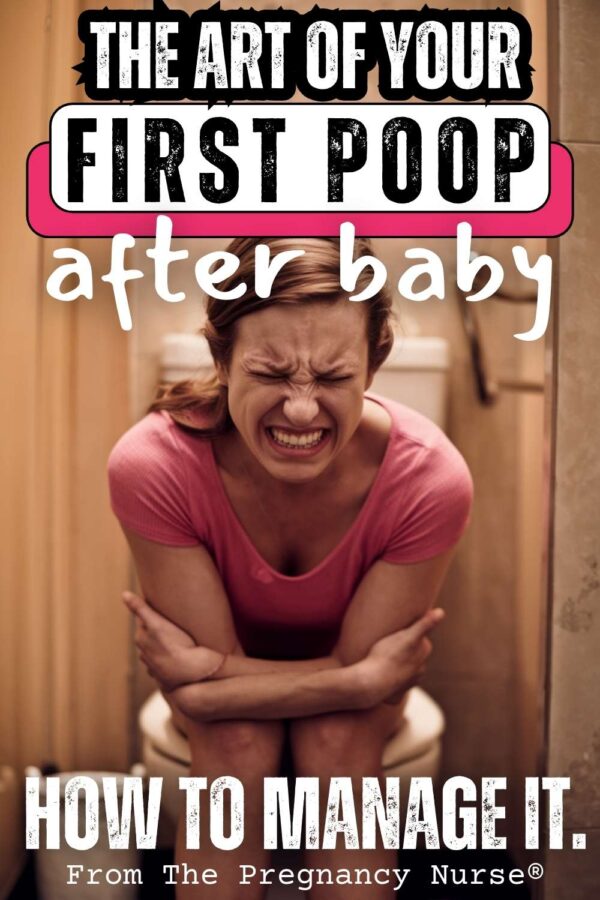
That Area Has Seen Too Much Action
If you pushed (even if you went on to have a cesarean section) your whole bottom area can be:
- Sore
- Swollen
- Stitched-Up
- Possibly hemorrhoids
For me, on my first, I had a very large episiotomy (cut) that lead very close to my rectum after a forceps delivery (don’t know what those are — we talk about them in here). A lot of people don’t know that can happen, but it can. It’s not fun — and those moms need to pay CLOSE attention to the “fixes”
Hemorrhoids can happen due to the pressure on your bottom during pregnancy, or as you push. It’s when part of your rectum flares out. Ask your nurse if you have them after delivery if you’re not sure. There are tips to help, and some people find that surgery is necessary later on.
Intestinal Re-Start
Finally, lots of moms are really surprised that they’re not hungry in labor, and that’s because your body has gone into fight or flight.
When you’re running from a bear (often, your body sees labor this way because it’s so painful) you’re not stopping to think — man, I sure am hungry.
Your body slows down your GI tract and puts that blood supply elsewhere so that you can safely manage your way through the crisis.
After baby is born it sometimes has to re-start it, and much like an old car it sometimes takes a bit.
If you’ve had a cesarean section we’ve literally been right next to your intestines during the surgery which they do NOT like. Similar to a passive-aggressive friend they sometimes just stop when they’ve been bothered, and it takes a while for them to remember they have a job to do and get going.
And again — all these things combine to make poop different.
Most people who are having babies are young and haven’t had much surgery so this may be your first foray into your body not doing what you expect it to. It’s annoying, but I’m here to help you out! It’s so important to prepare for this stuff!
While we’re here, do you have a PLAN for life postpartum? Let me be the one to remind you that postpartum lasts quite a while…. so, getting prepared for how you’re going to manage it together is pretty smart:
How to make pooping after birth easier:
Ok, so you’re pretty aware that things will likely be different but what do you do? I got you!
Stool Softeners from Day Zero
Take the stool softeners. I’m talking religiously, my friend.
For ages I offered Docusate to new moms (as well as taking it myself) but I recently saw that it really just isn’t that helpful. So, I recommend asking for something different. Options are:
- Senna (a pill — probably my favorite option for the first few days, can be take twice a day)
- Metamucil (ugh, I hate this stuff — but it does help soften things)
- Miralax (gotta be careful on this one — it can make things a bit too fast for me)
There are also other things like a suppositories, but I really don’t want you to get that far.
Ask your provider what they think is right for you, and don’t be afraid to ask for something different if they’re offering that Docusate Sodium.
Take it from the morning/evening after you deliver. I’m not kidding. Take it.
Now, you can 100% over-do this and you don’t want to pooping in your panties, so be mindful. Talk with your healthcare team about tailoring it to yourself. Once you’ve had your first BM you can decide if you’re on a good track, if you need more or less — and reach out if you need help.
Even if you’re a person who has NEVER needed anything like this ever in your whole life. Take it.
You’re looking for a smooth, easy consistency. You don’t want it watery, and you don’t want it hard — that is the goal here so it slides out easily. You don’t have to push hard, and it’s not too tough on your already bruised bottom.
For me, after my own recent appendectomy I was pretty concerned about pooping (previous trauma showing). I took a Senna every evening, tried to get as many fluids in as I could and increased my fiber as much as I could. It worked for me. You can adjust the stool softeners once you have that poop to make sure that it’s an OK consistency and not too hard.

Learn to Relax Those Muscles
That first poop may be daunting, but hopefully you’ve learned to relax those muscles (they’re the same ones you relax while you push in labor).
The WORST thing you can do is tighten those up while you’re pushing against it and just make it all harder. So, relax.
And if you’re thinking — gosh, I have zero clues how to do that, I talk about it in the natural pain management bonus video in here.
Keep Moving
I see on social that “new moms should be in bed” — and while I agree with that, I also agree with people needing to move. It’s important to:
- Prevent blood clots
- Help your body heal
- Get that GI track online
So, while you should be resting a lot, you should also be up and moving too. It’s a fine line, but I know you’ll manage it.
I’ve been talking about GI track the whole time — but in case you didn’t know, your GI track is your stomach, intestines — the stuff that processes your food and gets the nutrients you need out of it.
Supplies: Bidet? Peri Wash, Tucks
Heads up! 👀 There may be affiliate links in here – I might earn a smidge with your click. No cost to you, just good vibes! Check my boring stuff for deets.
There are some supplies you can have on hand that help. I have a checklist for them here:
Bidet
If you have no idea what a bidet is, it takes a tiny stream of (clean) water and sprays it up towards your bottom after you use the restroom.
Now, you might be thinking — Hilary, this seems like overkill — but I’m here to tell you that I would’ve loved this SO much after my first baby. That cold water just slowly streaming on an area that hurt SO much would’ve felt amazing!
I also don’t know that price matters that much. We were sent a Tushy, but my kids liked it so we actually bought them a cheap one for their toilet. Works fine on both. I thought installation would be a bear, but it wasn’t bad at all. If you’re a renter, it would be easy to remove and take with you if you want.
Peri Wash Bottle
This is a little spray bottle that you use to spray your bottom area after you use the restroom. Personally, I just used the hospital issue (most hospitals give this to you), but the Frida Mom one has gotten a lot of love (here’s a knock-off one of that).
I think spray bottles are amazing. I just always wished mine was bigger (hence, the bidet).
After you have a baby it’s smart to “dab” not “wipe” after you use the restroom. Using something like a bidet or a peri wash bottle makes “clean-up” a lot easier. Just FYI. I don’t personally think it’s smart to use a wipe (they can be drying). Just water and a decent-quality toilet paper should do.
Tucks
Tucks are a little cotton pad with witch hazel on it to help with inflammation. They can be great for your bottom (especially hemorrhoids) or even general inflammation on your perineum.
You can either put them directly between your bum cheeks or lay them on your pad like I show you in this video:
I think it might be helpful to learn from an actual experience — and who better than myself?
❤️🧡💛💚💙💜 I love, Love, LOVE that you’re here preparing for life after baby — but I gotta ask if your partner is just as on board for how different things are going to be. If you’re thinking you’d like for you to BOTH get prepared I recommend this. Check it out!
Looking to get prepare for your birth? I have some easy options for you!
~~~~~~~~
– Worried you’re missing something? Grab my pregnancy planner so you don’t miss a thing!
– Thinking about an induction? Grab Inductions Made Easy to feel prepared in just 20 minutes!
– Wondering how to get that baby OUT? Grab Going Into Labor Made Easy so you know how to (and not to) do it!
– Postpartum got you anxious? Check out Postpartum Care Made Easy so you can stay SAFE even when all your attention is on that little on.
🚨 AND if ALL OF IT has got you on edge The Online Prenatal Class for Couples is perfect for you — You’ll feel so ready before you even know it!
~~~~~~~~
No matter WHERE you are at in your pregnancy journey, we have resources that can help!
My First Poop After Delivery As a First Time Mom:
As I mentioned above, I had a decent-sized tear and had a forceps delivery that made my entire perineum very inflamed and swollen. Due to this, I was taking the pain pills and frankly, I was likely also very scared to have anything else come out down there….
I knew to take stool softeners, but I was given the evil Docusate which really didn’t do anything… and then I had my first poop almost a week later. And yes, there was screaming and yes, I wanted an epidural at the time. It was miserable, and I don’t want that for you.
The thing is, I really tried to get prepared (plus, I was a nurse!).
I took a birth class that seemed to act like life would be like butterflies and rainbows after baby was born and barely said a thing about what to expect from your body. It wasn’t helpful for that (or frankly, much of anything) at all.
So many people take a birth class just to check it off, rather than one that actually teaches what you need to know.
When I started teaching birth classes for my hospital, it had a few more slides about bodies postpartum but not much. I made a huge change to the postpartum curriculum to rave acclaim from my students. Finally, they were getting prepared rather than just checking that box.
And, when I created my own class I made two FULL chapters on life postpartum, what to expect from baby, yourself and your body. The extra good news, unlike when I taught for my hospital, my class is available for you whenever you want.
AND it only takes a few hours because I know you’re busy and you have lots to prepare for and that is just one part in that journey.
Have you checked a birth class off your to do list✅? I have a few I recommend:
❤️ Best class for couples {per BabyList}
👩💻 Best class available on demand
⚡ Best class JUST for pain management
👶 Best Postpartum-Only Prep
❤️🧡💛💚💙💜 My favorite class is here.
Now is the time to get started!
Thousands of couples have loved that class because it is:
- Created for couples to make you teammates for this together!
- SO easy to do, it almost prepares you all on its own.
- Created by a nurse and mom to three with 27 years of experience.
I love what Shaella had to say:
“This was so quick to do and very easy to understand. I especially liked the fact that she talked about postpartum and after baby comes home. She was so honest about her own experience and made me less anxious about what’ll happen.”
But if you want just more information about just postpartum check out Postpartum Care Made Easy right here.



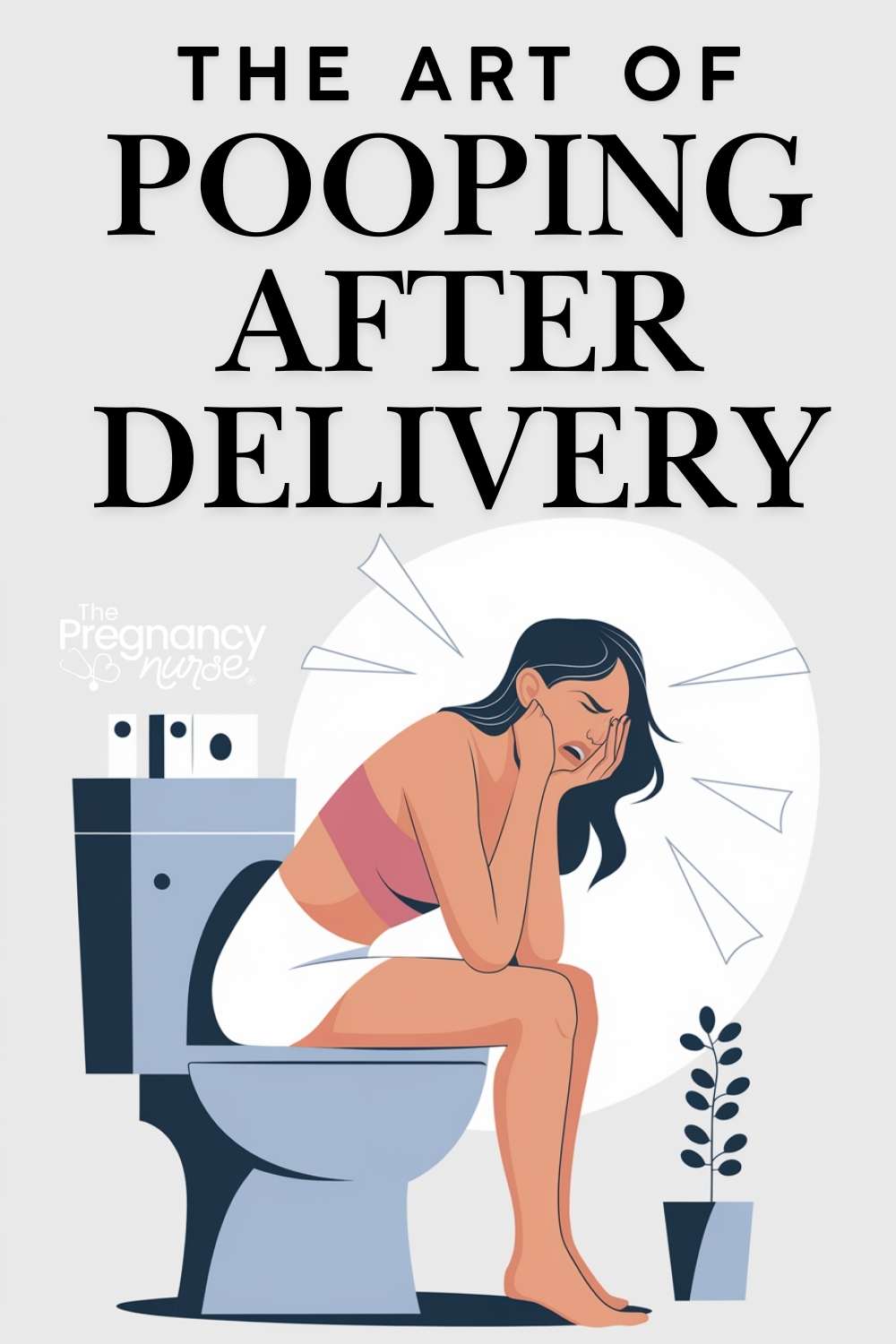
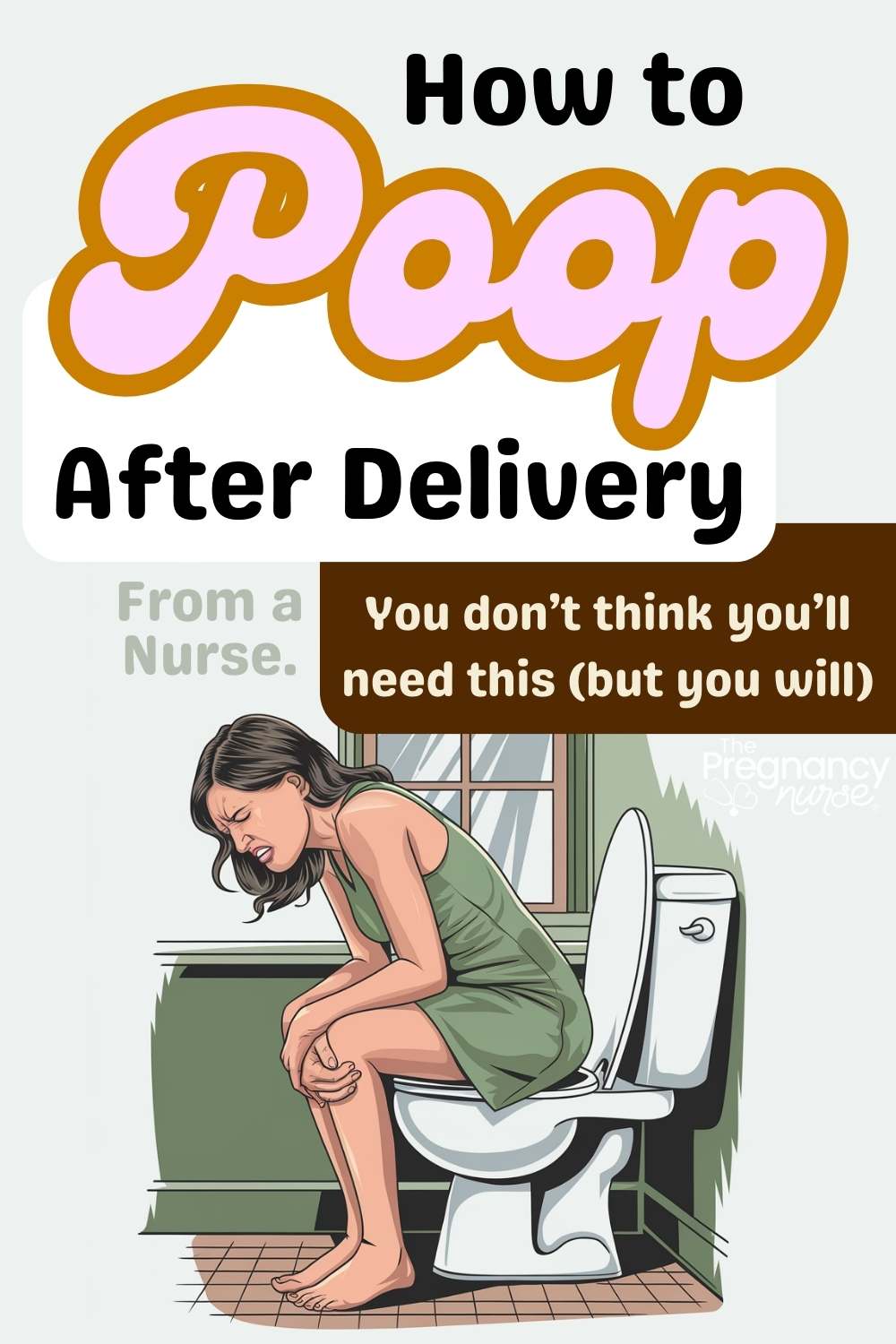
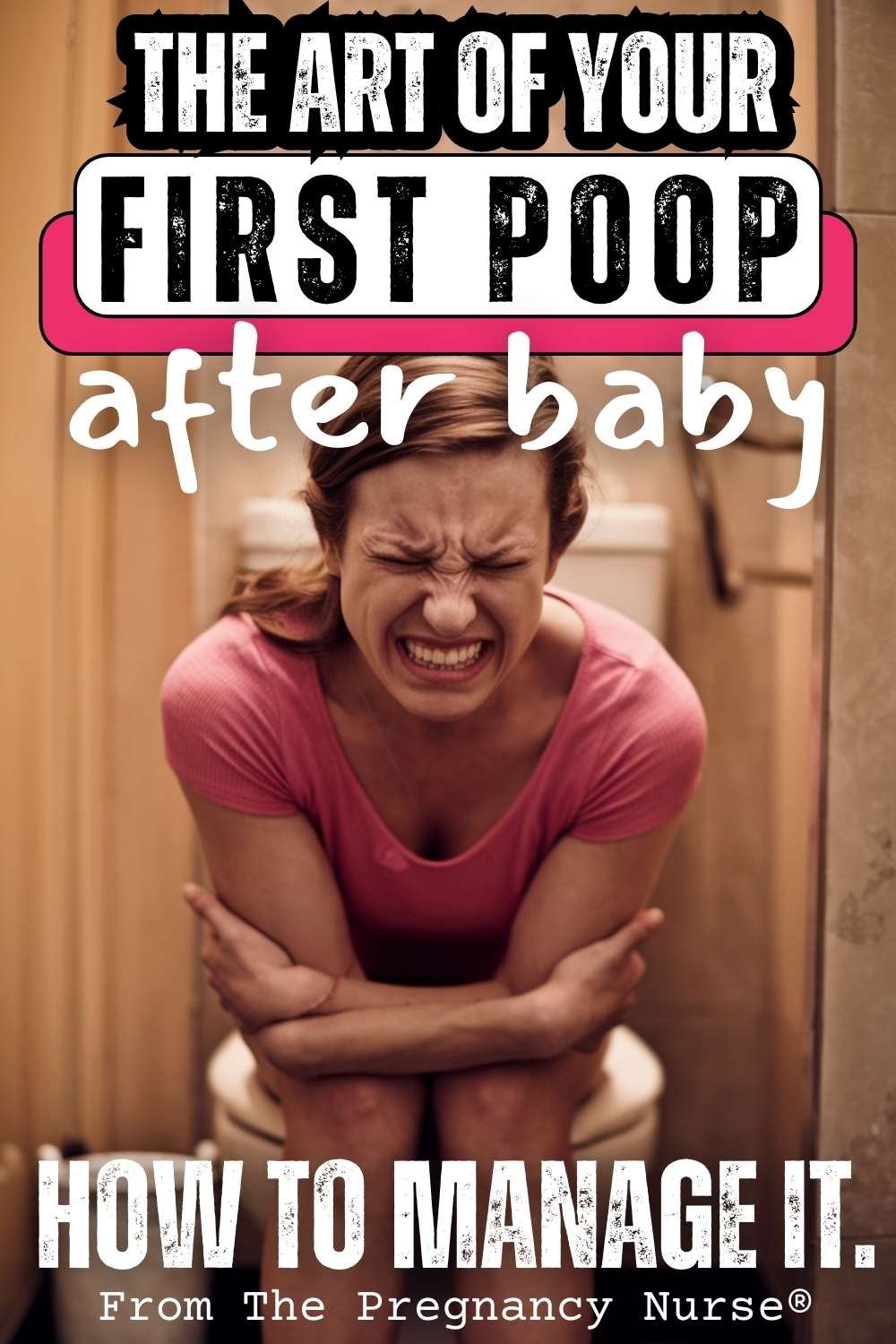


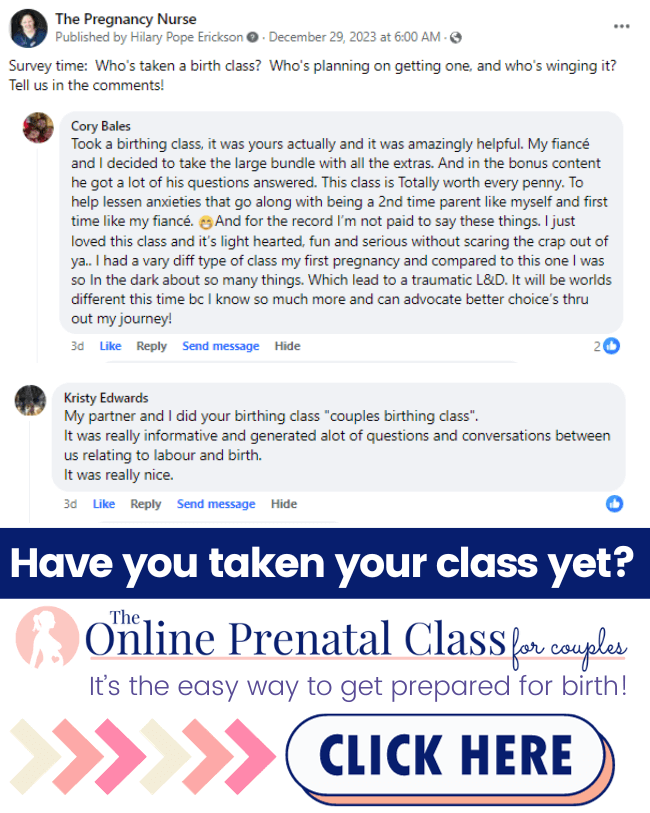
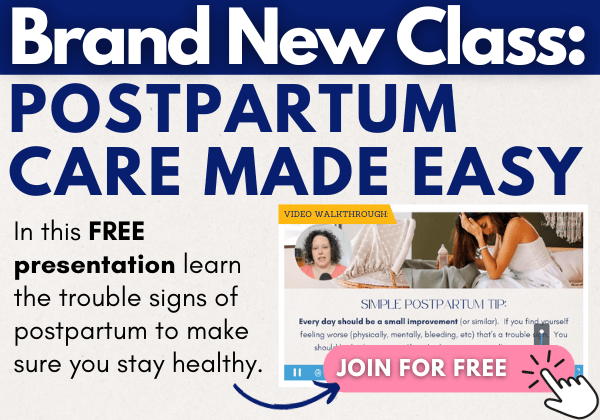

 What a Birth Plan Can ACTUALLY Do For Your Birth?
What a Birth Plan Can ACTUALLY Do For Your Birth?
